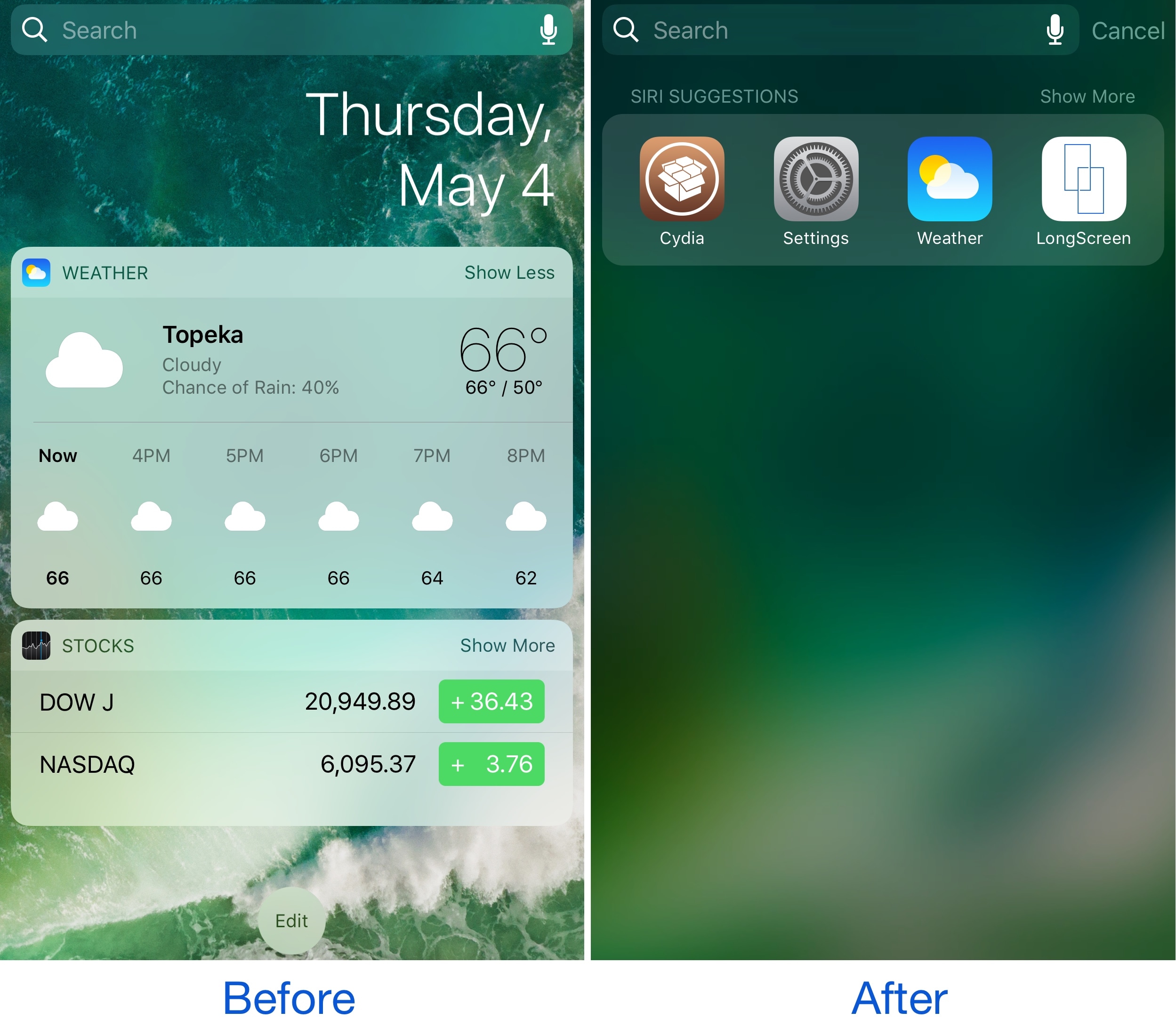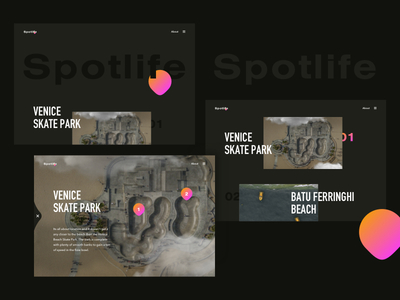

Life Sciences Queensland (LSQ) CEO and event coordinator Clare Blain said the awards program had enjoyed growing success since its inception in 2009. The Rose-Anne Kelso Commemorative Award, supported by Stockwell, was also presented to a leading female in the field, Dr Priyakshi Kalita-de Croft, for her research on stage IV breast cancers at The University of Queensland Centre for Clinical Research, including brain metastasis and triple-negative breast cancer. Sponsored by QIMR Berghofer, the coveted Life Sciences Women of Influence Award was presented to Acting Director and Principal Research Leader at the Griffith Institute for Drug Discovery, Professor Katherine Andrews, in recognition of her malaria prevention research and treatment. In that strategy, drones were essential, but so was the implementation of microbial ecology field investigations that require extended periods (up to weeks) of in situ (and in place) mapping in small areas, a strategy that was critical to characterise local environmental patterns favourable to life niches.More than 80 life science professionals from across the globe attended the GENE Awards on Friday night at the State Library of Queensland to celebrate the life science industry and its outstanding leaders as part of Queensland’s Bio Innovation Week. “With it, our team demonstrated a pathway that enables the transition from the scales and resolutions required to characterise habitability to those that can help us find life. Nathalie A Cabrol, the principal investigator of the SETI Institute NAI team, said: “While the high rate of biosignature detection is a central result of this study, no less important is that it successfully integrated datasets at vastly different resolutions from orbit to the ground, and finally tied regional orbital data with microbial habitats. Next, the team trained convolutional neural networks (CNNs) to recognise and predict macro-scale geologic features at Pajonales – some of which, like patterned ground or polygonal networks, are also found on Mars – and micro-scale substrates (or ‘micro-habitats’) most likely to contain biosignatures. “With these models, we can design tailor-made roadmaps and algorithms to guide rovers to places with the highest probability of harbouring past or present life-no matter how hidden or rare.”

“We hope other astrobiology teams adapt our approach to mapping other habitable environments and biosignatures.

Rhodes said: “Our framework allows us to combine the power of statistical ecology with machine learning to discover and predict the patterns and rules by which nature survives and distributes itself in the harshest landscapes on Earth. The same technique could help to spot life on Mars, the researchers believe. Read more: There might once have been life on the moon Using AI, the scientists could locate and detect biosignatures up to 87.5% of the time (versus round 10% by random search) and decrease the area needed for search by up to 97%. The researchers, led by Kim Warren-Rhodes of the alien-hunting SETI Institute trained the model to home in on the sparse signs of life in the Atacama desert.

Researchers used a machine learning model to recognise the patterns and rules of where life lurks in a harsh environment on Earth – the salt domes, rocks and crystals of the Chilean Atacama desert. (Getty)Īrtificial intelligence (AI) could spot the likeliest places where life might be lurking in environments such as Mars – helping scientists to ‘zoom in’ quickly on alien microbes or other life forms.įuture space robots might carry AI algorithms to help them focus on areas where microbes might survive, the researchers say. Artificial intelligence (AI) could help future space robots focus on where life is likeliest to lurk on Mars.


 0 kommentar(er)
0 kommentar(er)
